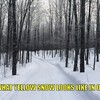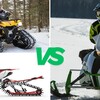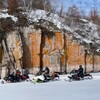
A Snowmobiler's Guide To Getting Back Out There: 6 Tips for New and Returning Riders
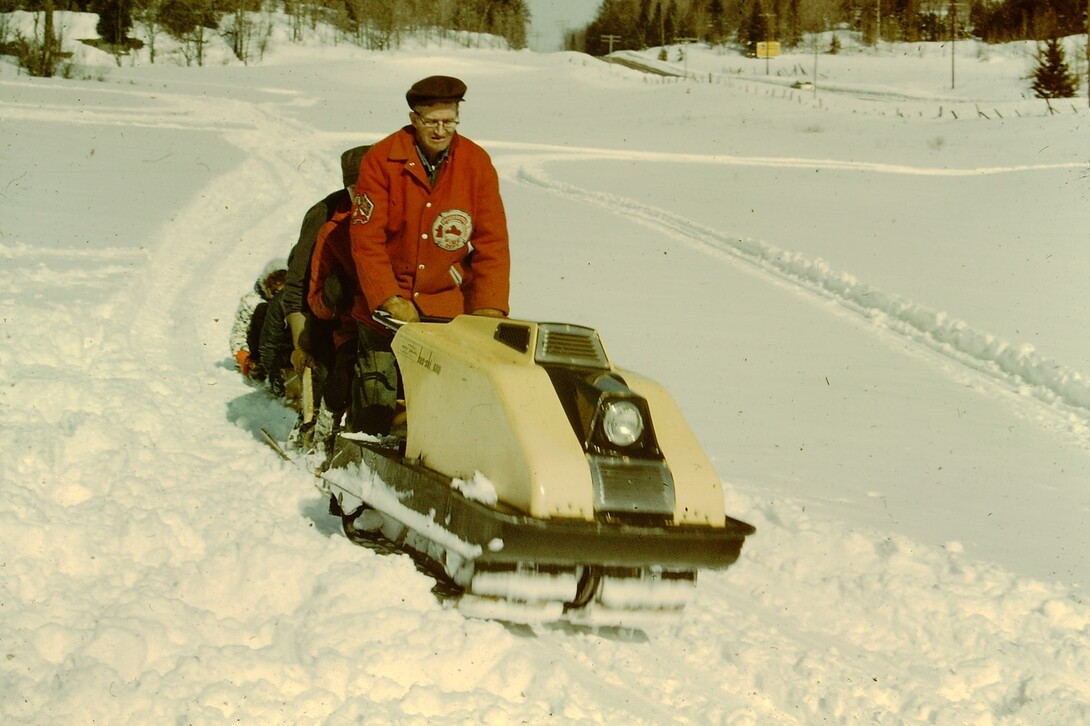
Maybe you’ve never ridden a sled before, maybe you’ve only had a single experience, or maybe you’re returning to a sport that you once loved 15 years ago, whatever the story is, we salute you!
Here in Northern Ontario we’ve had the pleasure of seeing new riders grin, laugh, and sometimes groan from all the exercise and fresh air after a long day of snowmobiling. Ensuring you have a great experience can depend on many things. Today we’re going to highlight some new or returning sledder topics and information that we hope will help you have the best days ever.
1. Servicing Your Snowmobile Could Make or Break Your Season
We assume you’ve chosen your new or used snowmobile and it’s already shined up in your garage. Keeping your sled well maintained can make or break your winter. Find a dealer or service provider who you can trust by asking questions, asking friends, and studying what type of maintenance snowmobiles require. If you need a little insight we suggest you check out 8 Overlooked Snowmobile Maintenance Tips.

2. Choosing the Right Gear Could Mean Ultimate Comfort or Discomfort
We’ve had the pleasure of riding with many different people. What we’ve realized is that everyone’s body type and needs are different. People often ask us what brand or combination is “the best”, but there truly isn’t an answer to that question. Our suggestion is to reach out to other snowmobilers that share your needs (fingers get cold, face sweats, feet sweat, wears glasses etc.) and compare notes. Finding someone with similar physical traits isn’t easy but it will pay off in the long run. We work with Klim because they offer Gore-Tex gear which keeps us dry during our long days outside.
Regardless of which gear you chose to wear, please study on how to layer your clothing, take extra gloves for weather changes or if you get them wet getting yourself unstuck, and plan for the weather. Here is a little help from The Intrepid Snowmobiler with Layering Your Clothing.
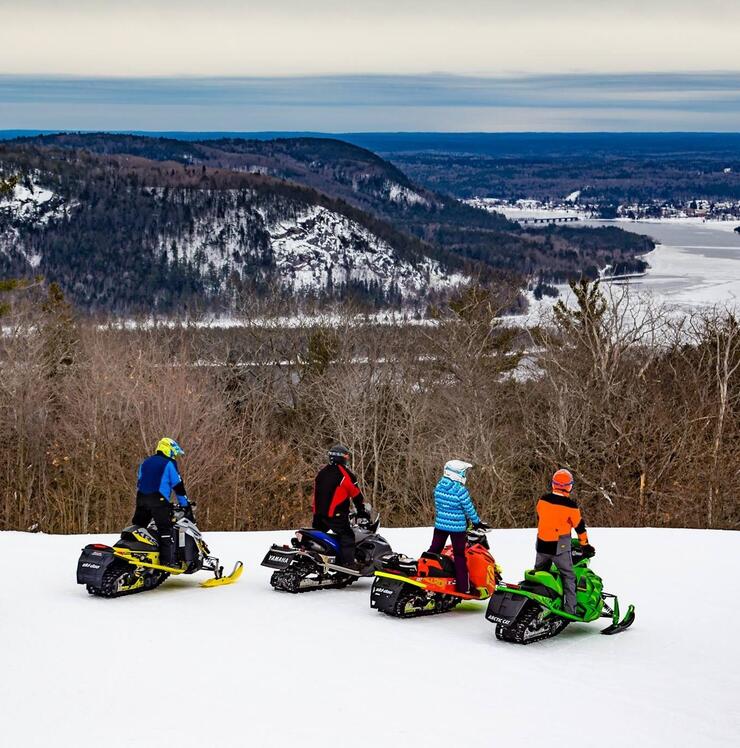
3. Practice, Practice, Practice
Choosing a wide-open space like a field, or a lake which is safely frozen is an excellent location to start “test riding” your new sled. Snowmobiles from the ’70s/’80s/'90s all had lower centre of gravities, somewhat relaxed steering response, and were arguably less responsive.
Today’s snowmobiles offer great long travel suspensions which can help you enjoy longer days riding, but with the longer suspension comes a higher centre of gravity, meaning that you can tip over much easier. Many of these suspensions also allow for “ski-lift” or “transfer”, something you need to get used to because you don’t want to lift your skis while cornering your snowmobile.
If you compare the horsepower numbers of the new 2021 Indy 650 twin, with the numbers of a 1990 Indy 650 triple, you’ll be amazed at the difference. Horsepower numbers aside, these modern fuel injected sleds offer amazing throttle response and torque.


What we’re saying is please take the time to get used to your new snowmobile. Test it to see how it and you will react. Please don’t hop on and expect it to handle like your last snowmobile from the 90’s and be ready for the difference in acceleration and braking capabilities.

4. Check Trail Conditions
The OFSC (Ontario Federation of Snowmobile Clubs) is your one stop shop for snowmobiling information in Ontario. They have worked hard to develop the Go Snowmobiling Ontario App, a mobile app for Android & IOS, in addition to the interactive trail maps we all know and rely on. Links to all the trail maps can be found here: OFSC Maps Link.
My main riding area is in the Parry Sound Snowmobile District. Many of the clubs manage Facebook pages which can help foster a sense of community among riders—but always use the OFSC maps for your official trail status updates.
5. Be Careful, Especially During Early Season Conditions
Like anything in life, waiting with anticipation is exciting. Often as humans, we get so excited that we throw caution to the wind. Sadly, that’s how many people get hurt. We hope this article How To Start Your Sledding Season Safely can help calm you down for your first outing and you get home safe and sound to a warm fire and some hot chocolate. We also suggest you read up and study how to identify ice conditions by reading this article on Snowmobile Ice Safety.

6. Enjoy Yourself and Lose the Stress
As humans we tend to make a big deal out of things. Stressing yourself out could ruin your experience. Starting with small loops, choosing the right conditions and weather, and letting yourself be free to enjoy yourself is the best advice we can give. Have a great season!

Stay safe, have fun, and check out these tips for planning your next ride. See you on the trails!
Recommended Articles

The Complete List of Snowmobile Events in Ontario 2025-2026

The Best Snowmobile-Friendly Lodges
Snowmobiling Winter Weather Forecast 2025-2026

I Rode the Explorers Snow Tour in Ontario and Here’s What It Was Like

Why Ontario is One of the Best Snowmobile Destinations in the World

11 TikToks That Prove Ontario is the Best Place To Go Snowmobiling

5 Weekend Snowmobile Getaways Near the GTA

31 Ways To Get In The Know About Snowmobile Trail Riding in Ontario

A Beginner's Guide to Snowmobile Lingo














